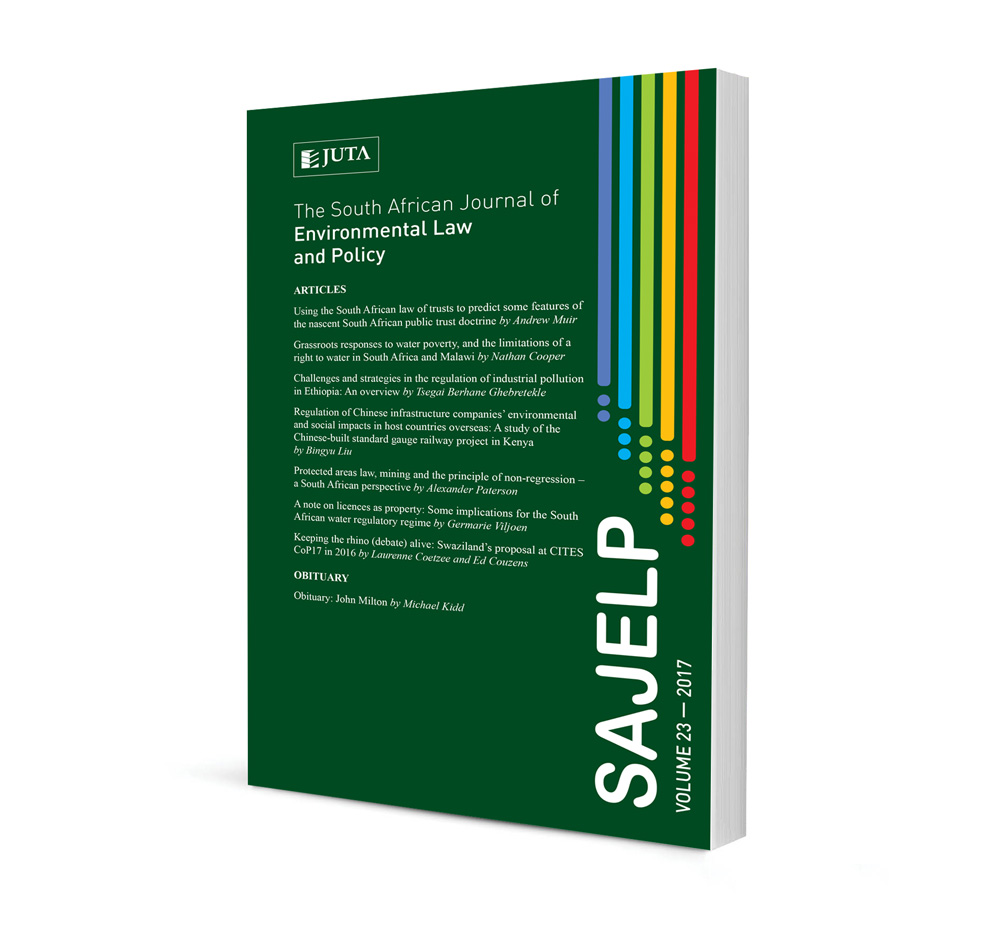Growing threats to environmental human rights defenders: The latest SLAPP suit developments in South Africa

Growing threats to environmental human rights defenders: The latest SLAPP suit developments in South Africa
Author: Lisa Chamberlain
ISSN: 2616-8499
Affiliations: BA LLB (Wits) LLM (Michigan). Senior Lecturer, School of Law, University of the Witwatersrand, Research Associate, Southern Centre for Inequality Studies, University of the Witwatersrand
Source: South African Journal of Environmental Law and Policy 2020, p. 5 – 38
Abstract
Human rights defenders’ lives, activism, and livelihoods are under threat globally. This is a particular reality for those working to protect land and natural resources. This article examines one of the forms in which environmental activists are being targeted in South Africa, namely the abuse of litigation processes to silence dissent, referred to as Strategic Litigation Against Public Participation (SLAPP suits). This article examines the development of SLAPP suits in South Africa and the impact that they have on the environmental sector and environmental rights. It then discusses some of the latest developments in SLAPP suits locally, including how in recent years, in addition to the more traditional defamation-style SLAPP suit, SLAPP suits have started to take new forms such as costs proceedings and allegations of intellectual property infringement. Lastly, this article explores possible responses to SLAPP suits, concluding that serious consideration needs to be given to anti-SLAPP legislation, the use of the special plea mechanism, and the opportunities for enhanced advocacy and solidarity action that SLAPP suits provide.